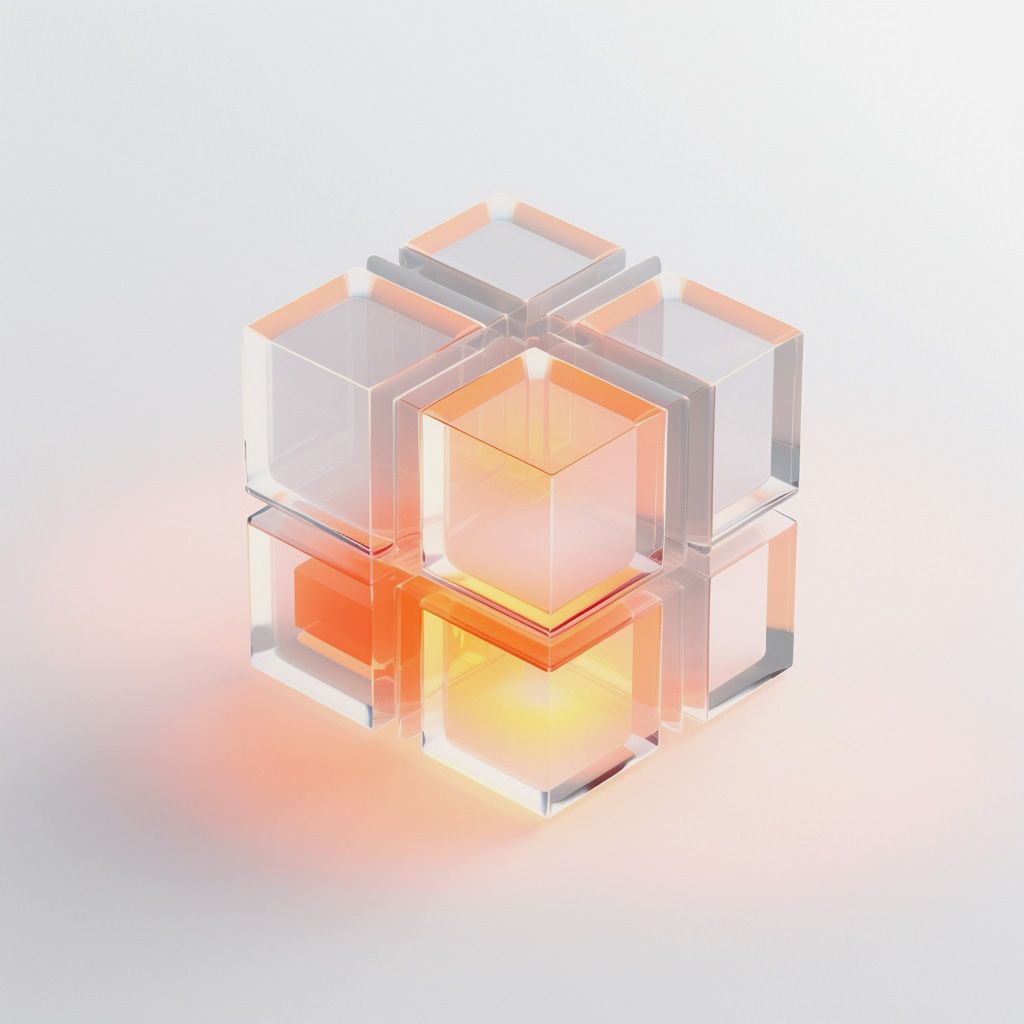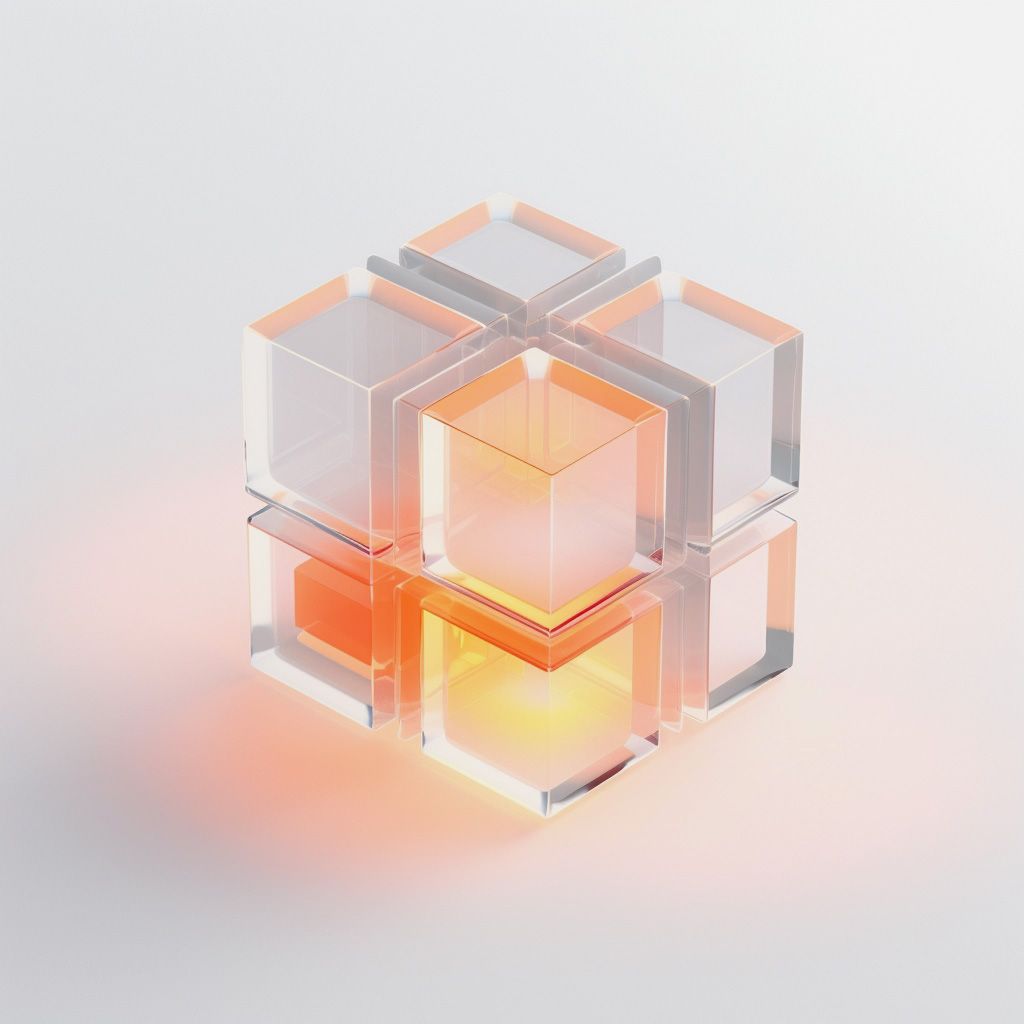NFT stands for "non-fungible token," and it's a type of digital asset that has been gaining a lot of attention lately.
But what exactly is an NFT, and why are people so interested in them? In this article, we'll break down the basics of NFTs and explain why they're so important in the digital age.
What is an NFT?
At its core, an NFT is a unique digital asset that is stored on a blockchain. Unlike traditional cryptocurrencies like Bitcoin or Ethereum, which are fungible (meaning each unit is interchangeable with another), NFTs are non-fungible, meaning each one is unique.
NFTs can represent a wide variety of digital assets, from art and music to video game items and virtual real estate. When you own an NFT, you are the sole owner of that particular digital asset, and you can sell, trade, or even destroy it as you see fit.
NFT Standards
The first widely used NFT standard was ERC-721, which was introduced in 2017 on the Ethereum blockchain. This standard defined the basic functionality for NFTs, allowing for the creation, ownership, and transfer of unique digital assets.
Since the introduction of ERC-721, several other NFT standards have emerged, each with its own unique features and capabilities. For example, ERC-1155 allows for the creation of both fungible and non-fungible tokens, while ERC-998 enables the creation of composite NFTs that can contain other NFTs.
Why are NFTs important?
NFTs have gained popularity for their ability to provide proof of ownership and authenticity for unique or rare items, particularly in the art world, allowing creators to monetize their digital creations in a way that was previously impossible. In the past, digital art, music, and other creative works could be easily copied and distributed online, making it difficult for creators to earn a living from their work. However, NFTs have a wide range of potential uses beyond just art and collectibles.
Some examples of NFT applications include:
Gaming: NFTs can be used to represent in-game items, such as weapons, armor, or rare skins. This allows players to truly own their virtual assets and trade them with other players.
Real estate: NFTs can be used to represent ownership of real estate, which could streamline the buying and selling process and make it easier for people to invest in properties.
Music and media: NFTs can be used to represent ownership of music and other media, allowing artists to sell digital copies of their work directly to fans.
Virtual events: NFTs can be used to create unique, collectible items for virtual events like conferences or concerts. These items could provide access to exclusive content or experiences.
Identity verification: NFTs can be used as a form of digital identity verification, allowing people to prove their ownership of assets or prove their identity in online transactions.
Charitable giving: NFTs can be used to raise funds for charitable causes, with a portion of the proceeds from the sale of an NFT going to a designated charity.
How do NFTs work?
NFTs are created using smart contracts on a blockchain to mint the token. Once the token is created, it is stored on the blockchain, which provides a secure and transparent way to track ownership of the token. When someone buys the NFT, the ownership is transferred to them via the blockchain, and they become the sole owner of that digital asset.
Conclusion
While the market for NFTs is still relatively new and evolving, it's clear that they are an important part of the digital age, the potential uses are vast, and as the technology continues to develop, it's likely that we'll see even more innovative applications.
About Wireshape
Wireshape is a new and open layer-1 blockchain dedicated to decentralizing global product data, making it useful for consumers to have real, complete, and relevant information about a product before it is purchased, ensuring greater satisfaction by acquiring what was really expected. Wireshape delivers a new product data standard, open and audited by the community. Consumers themselves, as well as manufacturers, are able to suggest and validate the fidelity of product information publicly recorded on the blockchain.







